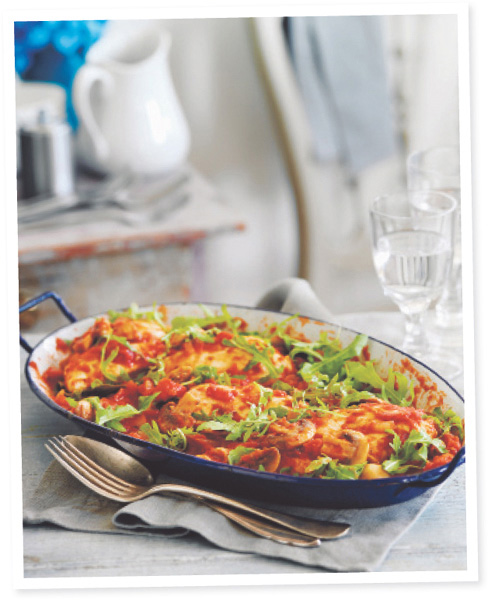
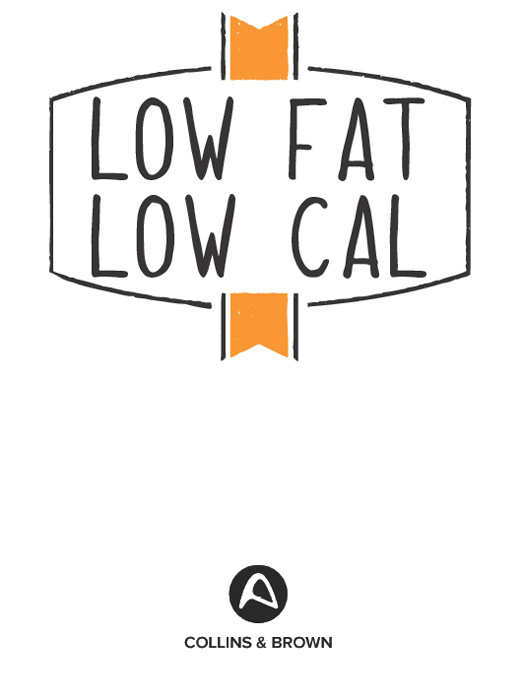
Copyright The National Magazine Company Limited and Collins & Brown 2013 All rights reserved. No part of this publication may be reproduced, stored in a retrieval system, or transmitted in any form or by any means, electronic, mechanical, photocopying, recording or otherwise, without the prior written consent of the copyright holder. The expression Good Housekeeping as used in the title of the book is the trademark of The National Magazine Company and The Hearst Corporation, registered in the United Kingdom and USA, and other principal countries of the world, and is the absolute property of The National Magazine Company and The Hearst Corporation. The use of this trademark other than with the express permission of The National Magazine Company or The Hearst Corporation is strictly prohibited. The Good Housekeeping website is www.goodhousekeeping.co.uk First eBook publication 2014
ISBN 978-1-90939-750-7 Also available in paperback
ISBN 978-1-908449-98-6 This book can be ordered direct from the publisher
at www.anovabooks.com, or try your local bookshop.

NOTES
Both metric and imperial measures are given for the recipes.
Follow either set of measures, not a mixture of both, as they are not interchangeable. All spoon measures are level.
1 tsp = 5ml spoon; 1 tbsp = 15ml spoon. Ovens and grills must be preheated to the specified temperature. Medium eggs should be used except where otherwise specified. Free-range eggs are recommended. Note that some recipes contain raw or lightly cooked eggs.
The young, elderly, pregnant women and anyone with an immune-deficiency disease should avoid these because of the slight risk of salmonella. 
 Bright
Bright
Breakfasts Take 5 Eat Well, Stay Well Carbohydrates
Carbohydrates provide the body with the most readily acessible form of energy. Carbohydrates in the form of sugard are found in fruit, milk and sugar; starch carbohydrates are familiar in cereals, pasta, rice, potatoes, bread and pulses. In a healthy diet, starch carbohydrates supply a higher porportion of energy that fats or sugar carbohydrates.With the recent craze for for low-carbohydrate diets, you may be forgien for thinking that carbohydrates are best avoided. Om fact this couldn't be further from the truth. Most nutritionists agree that foods in this group are an important part of a healthy balanced diet.
However, not all carbs are equal. Most of the vitamins and protective components in grains are concentrated in the bran and germ layers of the grain, but when grains are refined, as for instance in the production of white flour, the bran and germ are removed and most of the fibre and some of the nutrietns are stripped away. This is why it is bette to coose wholegrain carbohydrates such as brown rice and wholeneal bread over refined carbohydrates. Studies have shown that diets rich in wholgrain foods can redue the risk of heart disease, stroke, certain types of cancer and Type 2 diabetes. Nutrition labelling
The five key nutirents are calories, sugar, fat, saturated fat and salt. Two sets of guidelines that claim to help is select a healthy balanced diet are currently in use.
The traffic light scheme developed by the Food Standards Agency provides information on fat, saturated fat, sugar and salt and uses a red, amber or green colour coding to indicate whether a good is high, medium or low in these nutrients. The other scheme is based on Guideline Daily Amounts (GDAs)(also see ) and gives an indication of how many calories, fat, salt, sugar and fibre a food contains and what it contributes to the amount of that nutrient you should eat in a day. GDAs are guideines for an average person of a healthy weight and average level of activity, and are just that - a guide, not a target. You should try to eat no more than the GDAs for sugars, fat, saturated fat and salt. The GDA values on the front of pack labels are based on the average requirements of an adult woman. Five a day
One of the easiest ways to stay healthy is to eat plenty of fruit and vegetables.
We can probably all remember being told by our parents to ear our 'greens' because they were good for us, and all the major reports on healthy earing have endorsed this good advice. It's no coincidence that in Mediterranean countries, where people eat almost twice the amount of fruit and vegetables that we do in the UK, they live longer and healthier lives. Fruit and vegetables contain an arsenal of disease-fighting compounds - vitamins, minerals, fibre and phytochemicals, which is why nutrition experts belive that they are the cornerstone of a healthy diet. Eating a diet rich in fruit and vegetables can reduve the risk of a range of medical problems, including heart disease, stroke, high blood pressure, certain types of cancer, cataracts and the eye condition called age-related macular degeneration, dementia and Alzheimer's disease. Variety is key
Wherever we shop, most of us are lucky enough to have a wide range of different fruits and vegetables available to us, but do we really take advantage of the range? It's very easy to get stuck in a rut of buying the same things from one week to the next. Variety may be the spice of live, but it's also the key to a healthy diet and is particularly important when it comes to fruit and vegetables.
Different coloured fruit and vegetables contain different vitamins, minerals and phytochemicals that help to keep you healthy in different ways, and so to make sure you get a good selection of all these nutrients you need to eat a variety of different produce. When you're buying fruit and vegetables don't just stick to your same old favourites - be adventurous and try something new. You'll find plenty of recipes to tempt you in this book. Add colour to your meals
You probably already know that you should be eating at least five servings of fruit and vegetables a day, but did you know should should also be eating a rainbow? When you're planning meals, aim to fill your plate with colour - think of red, orange, yellow, green and purple fruit and vegetables and try to eat at least one serving from each of the colour bands every day. Beans on Toast
Hands-on time: 5 minutes
Cooking time: about 15 minutes

1 tbsp olive oil 2 garlic cloves, finely sliced 400g can borlotti or cannellini beans, drained and rinsed 400g can chickpeas, drained and rinsed 400g can chopped tomatoes 2 fresh rosemary sprigs 4 slices sourdough or Granary bread 25g (1oz) Parmesan Serves 4 Heat the oil in a pan over a low heat, add the garlic and cook for 1 minute, stirring gently. Add the beans and chickpeas to the pan with the tomatoes and bring to the boil.

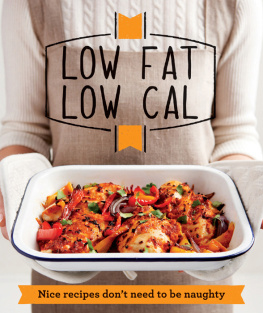
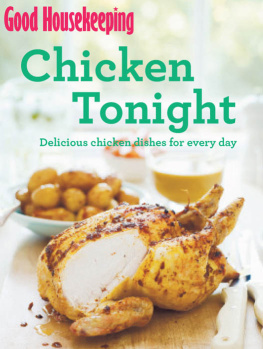
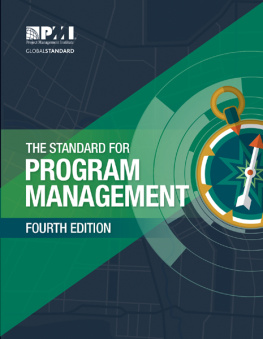

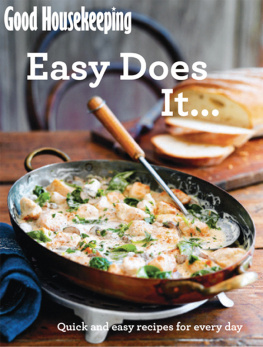

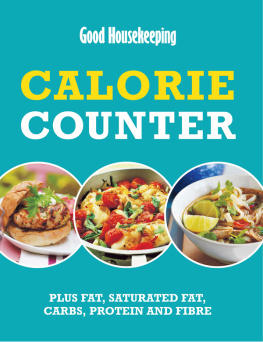
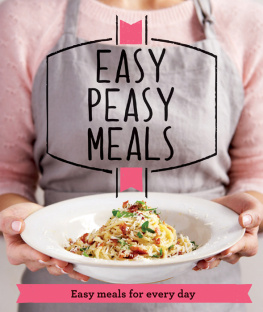
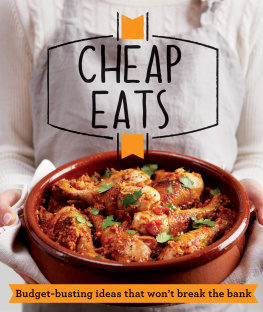

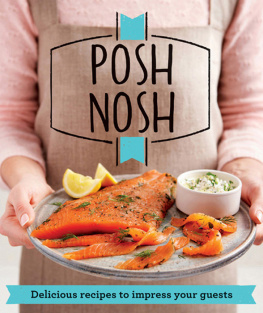
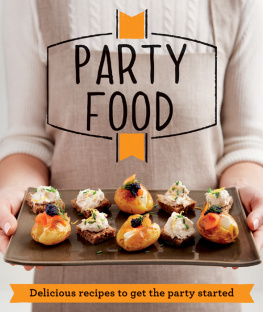


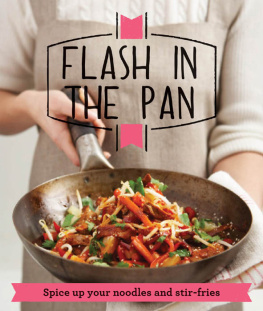
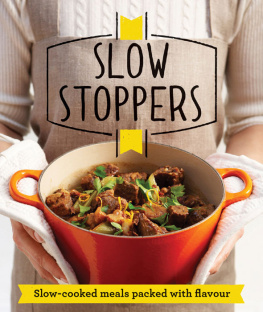
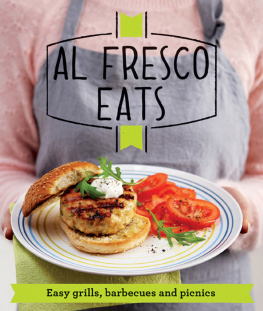
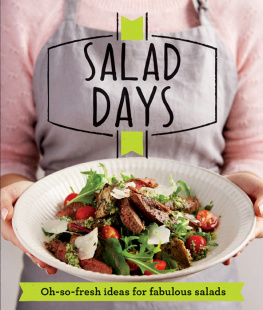


 Copyright The National Magazine Company Limited and Collins & Brown 2013 All rights reserved. No part of this publication may be reproduced, stored in a retrieval system, or transmitted in any form or by any means, electronic, mechanical, photocopying, recording or otherwise, without the prior written consent of the copyright holder. The expression Good Housekeeping as used in the title of the book is the trademark of The National Magazine Company and The Hearst Corporation, registered in the United Kingdom and USA, and other principal countries of the world, and is the absolute property of The National Magazine Company and The Hearst Corporation. The use of this trademark other than with the express permission of The National Magazine Company or The Hearst Corporation is strictly prohibited. The Good Housekeeping website is www.goodhousekeeping.co.uk First eBook publication 2014
Copyright The National Magazine Company Limited and Collins & Brown 2013 All rights reserved. No part of this publication may be reproduced, stored in a retrieval system, or transmitted in any form or by any means, electronic, mechanical, photocopying, recording or otherwise, without the prior written consent of the copyright holder. The expression Good Housekeeping as used in the title of the book is the trademark of The National Magazine Company and The Hearst Corporation, registered in the United Kingdom and USA, and other principal countries of the world, and is the absolute property of The National Magazine Company and The Hearst Corporation. The use of this trademark other than with the express permission of The National Magazine Company or The Hearst Corporation is strictly prohibited. The Good Housekeeping website is www.goodhousekeeping.co.uk First eBook publication 2014 NOTES
NOTES
 Bright
Bright
 1 tbsp olive oil 2 garlic cloves, finely sliced 400g can borlotti or cannellini beans, drained and rinsed 400g can chickpeas, drained and rinsed 400g can chopped tomatoes 2 fresh rosemary sprigs 4 slices sourdough or Granary bread 25g (1oz) Parmesan Serves 4 Heat the oil in a pan over a low heat, add the garlic and cook for 1 minute, stirring gently. Add the beans and chickpeas to the pan with the tomatoes and bring to the boil.
1 tbsp olive oil 2 garlic cloves, finely sliced 400g can borlotti or cannellini beans, drained and rinsed 400g can chickpeas, drained and rinsed 400g can chopped tomatoes 2 fresh rosemary sprigs 4 slices sourdough or Granary bread 25g (1oz) Parmesan Serves 4 Heat the oil in a pan over a low heat, add the garlic and cook for 1 minute, stirring gently. Add the beans and chickpeas to the pan with the tomatoes and bring to the boil.